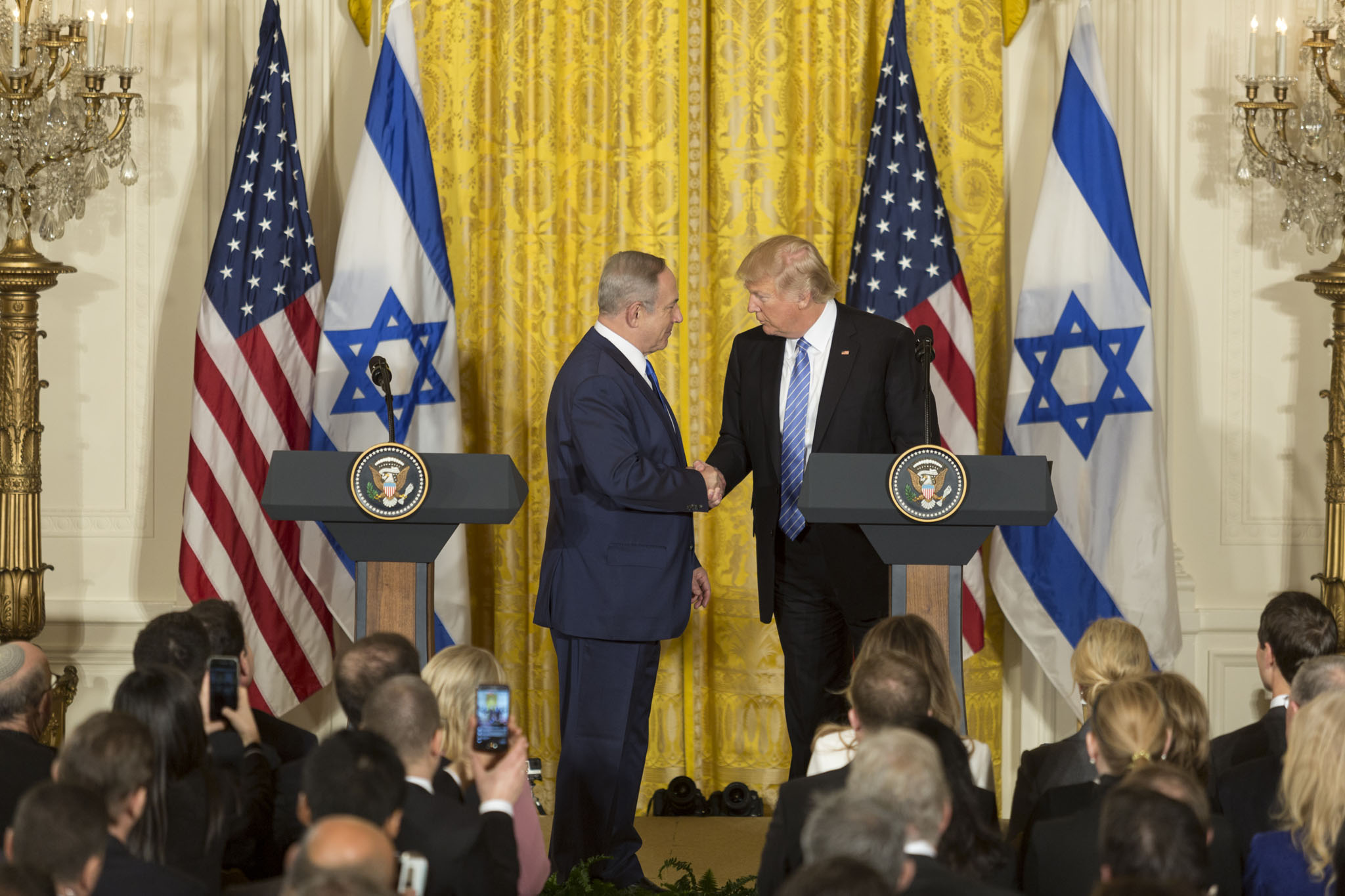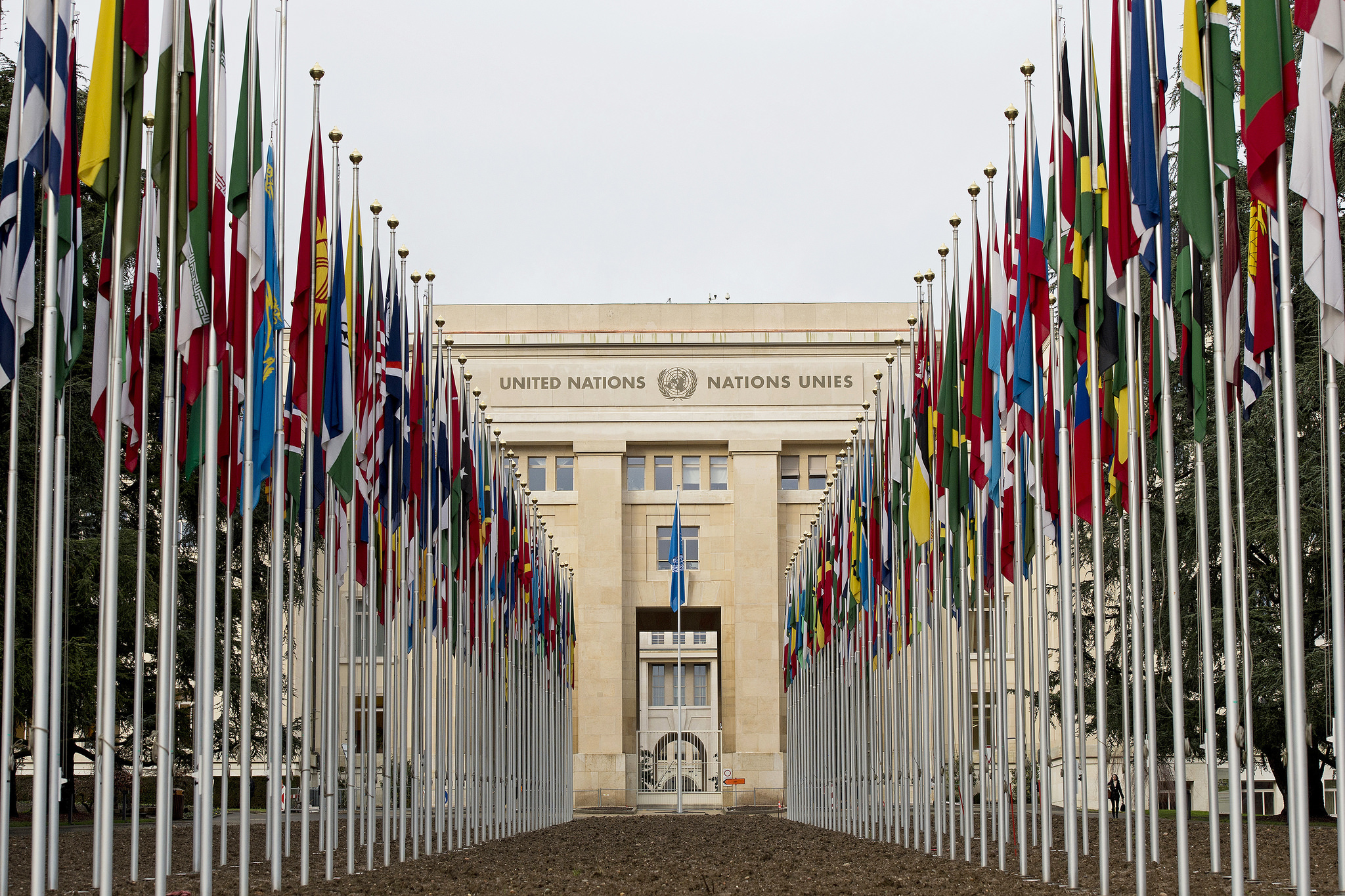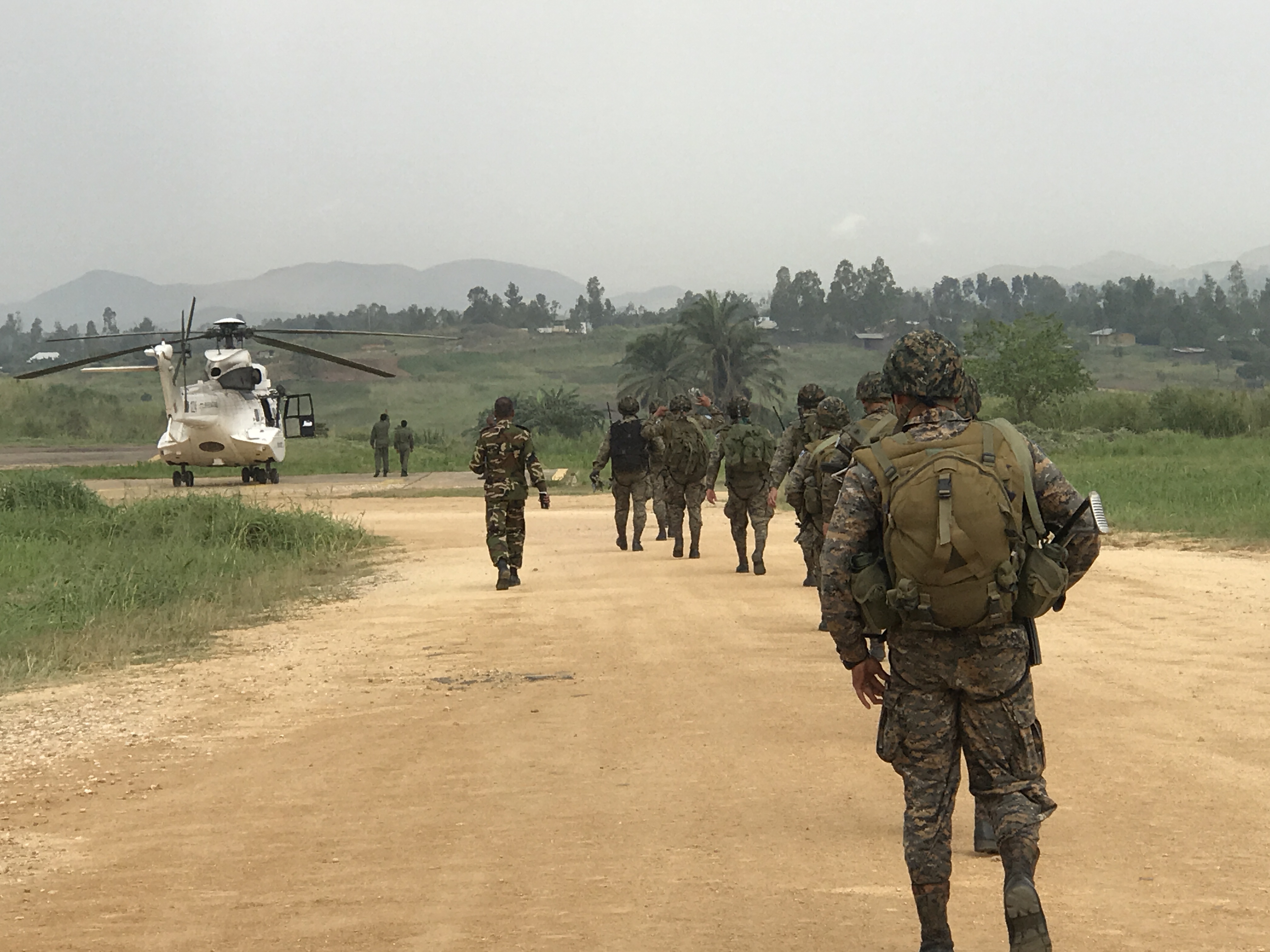Guest post by Yelena Biberman.
What is to be done when the leader of a powerful insurgent organization is unwilling to engage in peace talks with your allies? The Obama administration’s recent response to this question, in the case of Afghan Taliban leader Mullah Akhtar Mansour, was assassination. US Secretary of State John Kerry explained the logic: “Peace is what we want. Mansour was a threat to that effort. He also was directly opposed to peace negotiations and to the reconciliation process. It is time for Afghans to stop fighting and to start building a real future together.” Will Mansour’s death bring the Afghan Taliban to the negotiating table?
Unlikely, warned Pakistani officials. They predicted that it would take some time for anyone to replace Mansour, and, without a leader, the Taliban could not credibly commit to anything. Moreover, the Taliban could fragment, and dealing with multiple warring factions is much harder than with one united group. As a former Pakistani national security advisor put it: “Who will negotiate for the Taliban if there is a split?”
The fears proved premature. The Taliban quickly selected a new leader, Mawlawi Haibatullah Akhundzada. However, it is unclear whether he will be a more willing peace negotiator. If not, would yet another assassination be the answer?
In a recent article published in Terrorism and Political Violence, Farhan Zahid and I show how losing multiple leaders may drive fragmented organizations, such as the Afghan Taliban, to acts deemed extreme even by their own standards.
We identify two triggers of extreme terrorism, which includes acts such as intentionally targeting children. The first is the presence of serious internal rifts, which typically occur when leaders are killed, within an already highly violent organization. The second is existentially threatening external pressure. Internal rifts lead to horizontal outbidding between ambitious commanders, which makes an organization that is already very lethal even more so. Existentially threatening external pressure severely weakens the group and, in doing so, confines its activities to soft targets, such as schools, hospitals, or places of worship. It also narrows its ambitions to the short-term goal of survival, which leads to the pursuit of media attention through shocking violence – such as the targeting of children. Both internal rifts and external pressure generate further leadership deficits, which compel and empower the often more ruthless younger generation of militants to prove their commitment to the cause – engage in vertical outbidding – with dramatic acts of violence.
Our findings draw on in-depth case studies of the Peshawar (2014) and Beslan (2004) school massacres, which resulted in 134 and 186 child deaths, respectively. In the Peshawar case, the deaths of multiple Tehreek-e-Taliban Pakistan (TTP) leaders led to serious internal rifts within the organization, notably between the Fazlullah and Omar Khalid factions. This generated horizontal outbidding among ambitious commanders for the position of central Emir. Existentially threatening pressure from the Pakistani army significantly weakened the organization and confined its objectives to the short-term goal of survival, which led to soft targeting and the pursuit of media attention through shocking violence. Both the infighting and successful counterinsurgency measures against the TTP also fostered a leadership deficit within the organization. This, in turn, reinforced the internal rifts and contributed to the selection of child targets through the mechanism of vertical outbidding by an anxious younger generation of militants.
In Chechnya, Russia’s assassination of the charismatic Chechen leader, Dzhokar Dudayev, led to religious outbidding – an ideological competition between radical Salafi insurgents and the Sufi establishment. The Beslan school massacre was a product of a highly violent and zealous faction raising the level of violence to prove it was more committed to the cause, while confronting a serious threat to its survival from Russia’s brutal and increasingly effective counterinsurgency.
What if Mawlawi Haibatullah refuses to participate in the Afghanistan peace talks?
One option is to intensify the campaign against the Taliban in the hope that weakness would bring it to the negotiating table. However, the US government is anxious to decrease, not significantly increase, its military presence in Afghanistan. Moreover, the Taliban is an enemy of a more ambitious enemy: ISIS. Who would be willing and able to contain ISIS in Afghanistan if the Taliban becomes too weak to fight it?
An alternative is to have Mawlawi Haibatullah suffer the same fate as his predecessor, and hope that his successor – if there is one this time – would be more amenable to peace.
Yelena Biberman is an Assistant Professor of Political Science at Skidmore College and Nonresident Fellow at the Atlantic Council’s South Asia Center.
*Note: This piece was updated at 2:30PM EST in light of the Taliban’s pronouncement of Mawlawi Haibatullah Akhundzada as the group’s new leader.







2 comments
Very insightful
First of all Islamic Emirate, Afghan Taliban are opposed to peace on the terms offered by US.They are clear on their conditions for peace, troop withdrawal. Their websites were taken down just before drone strike on Mullah Mansour by Ghost Sec and this continues to be intermittent..so few saw the post, “Invitation by Islamic Emirate to workers of invaders and Kabul administration.” As for TTP in Pakistan they support Islamic Emirate but operate independently. What most media failed to report was the alleged torture and killings in state custody and warnings from them in the run up to Army School Peshawar attack. Many dead bodies throughout 2014. It was clear if this wasn’t addressed they would blow…. but who listened… the torture and killings continued. What appears to be have been planned as a hostage operation (according to some within the group) turned into a terrible massacre…. how well did they know their own operatives for that attack? Bringing peace through assassination will not work… There will be retaliation for the drone strike and now the family of taxi driver are launching a criminal case and filed First Investigation Report (FIR). Secondly it could stir sleepers within the armed forces which we know exist. Despite operation from the Pakistan military (Zarb -e-Asb) to rid Tribal Areas of militants, TTPs most recent video shows Mullah Fazlullah, Bilal Ghazi and Adnan Rasheed declaring support for Ghazi Force formed after massacre at Lal Masjid. It seems US likes to play dangerously. They should remember Pakistan also now has its own armed drone, Burraq…. one day they could be turned against US!